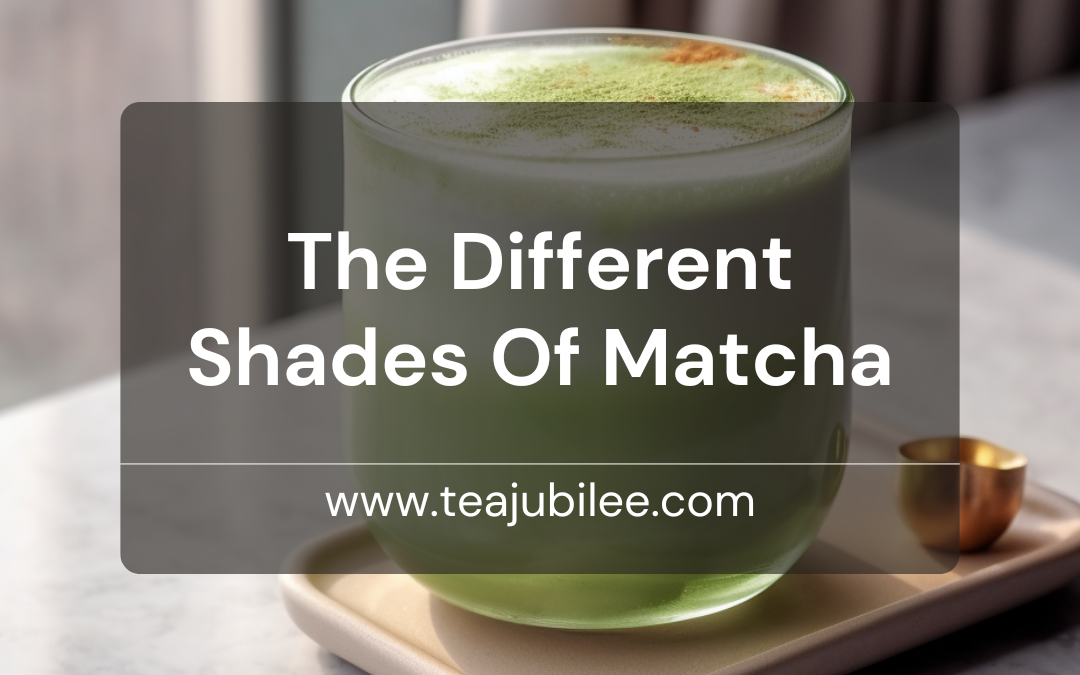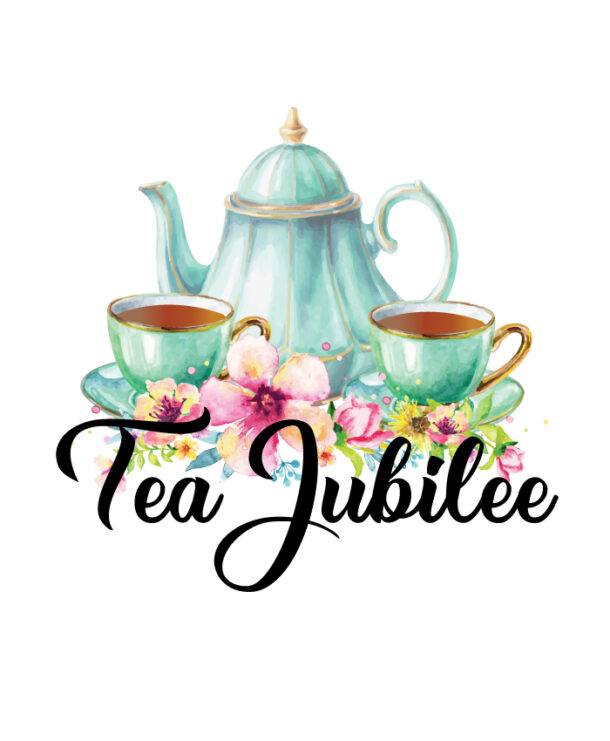==================
A Caveat and Affiliates
First off, a little caveat: within my articles you will find affiliate links, meaning if you buy them, I get a small commission. Your cost is not affected. In addition, I am an Amazon Associate and I earn from qualifying purchases on Amazon.
And yes, if I say that I recommend a product here, it means I truly believe it is a good product. I refuse to recommend any product that I have not researched and believe to be a good value.
Even better, I provide you with a very clear picture of the product, it’s use, and the probable value.
Earning your trust is important to me. I run this website myself and the commissions and donations help support the site.
Sound reasonable and fair enough? Let’s continue to the article.
==================
Contents
The Different Shades of Matcha: Beyond the Green
We love matcha tea! It’s great to have in the morning and all day, every day! Did you know there is more than just green Matcha in our world?
Check out this blog post about The Different Shades of matcha. I’ll talk about why the other colors are good for you and how the many colors act great.
I hope you learn a lot about matcha in this post, and if you find it helpful, feel free to share it with friends and family.

What is matcha?
Matcha, the vibrant green powdered tea that has captivated the world, is far more than a trendy beverage. It is a centuries-old Japanese tradition that has evolved into a global phenomenon, capturing the hearts and palates of tea enthusiasts worldwide. As an experienced writer, I am excited to take you on a journey through this remarkable ingredient’s diverse shades and culinary applications.
Matcha is a unique form of green tea where the entire leaf is ground into a fine powder. Unlike traditional green tea, where the leaves are steeped and discarded, the entire leaf is consumed with matcha, providing a more concentrated and intense flavor profile. This unique processing method also retains the tea’s natural nutrients and antioxidants.
The history and origins of matcha
Matcha’s origins can be traced back to the Song dynasty in China, where it was first produced and consumed as a powdered tea. The practice of drinking matcha was later introduced to Japan in the late 12th century by the Zen Buddhist monk Eisai, who recognized its profound health benefits and spiritual significance.
Over the centuries, the Japanese have refined and perfected the art of cultivating, processing, and preparing matcha. The tea plants are grown in the shade, allowing them to develop a deep, vibrant green color and a unique amino acid profile. The leaves are then carefully harvested, steamed, and ground into a fine powder using traditional stone mills.

The different shades of matcha and what they mean
One of the most fascinating aspects of matcha is the diverse range of shades it can exhibit, each with its distinct characteristics and culinary applications.
The color of matcha can vary from a pale, yellowish-green to a deep, vibrant emerald hue, depending on factors such as cultivation, processing, and harvesting methods.
Shade of Matcha Characteristics
Pale Yellowish-Green: This matcha is typically the most affordable and is often used for everyday drinking or culinary applications where the flavor is not the primary focus.
Bright Emerald Green: This is the most common and widely recognized shade of matcha. It is known for its intense, grassy aroma and smooth, umami-rich flavor.
Deep Forest Green: This matcha results from careful cultivation and processing techniques. It is prized for its complex, nuanced flavor profile and vibrant color.
Luxury Ceremonial Grade: The rarest and most expensive matcha, this grade is reserved for traditional Japanese tea ceremonies. It is characterized by its exceptionally smooth, sweet, and delicate flavor.
Understanding these different shades of matcha and their unique properties can help you choose the right type for your specific needs, whether you’re looking to create a traditional matcha tea, incorporate it into your culinary creations, or enjoy its health benefits.
Health benefits of matcha
Matcha is renowned for its impressive health benefits, making it a superfood. As a concentrated source of antioxidants, matcha can help support immune function, promote healthy skin, and even manage weight.
The unique amino acid L-theanine found in matcha also has a calming effect on the mind, making it a popular choice for mindfulness and meditation practices.
One of matcha’s most significant health advantages is its high concentration of catechins, a type of antioxidant linked to reduced risk of chronic diseases such as heart disease and certain types of cancer.
Additionally, matcha contains caffeine, but in a more balanced and gentle form than coffee, providing a steady, sustained energy boost without the jitters or crash.
Culinary uses of matcha beyond beverages
While matcha is most commonly associated with traditional Japanese tea ceremonies and as a base for frothy, vibrant green lattes, its culinary applications extend far beyond beverages.
Matcha’s versatility allows it to seamlessly incorporate into a wide range of sweet and savory dishes, adding a unique flavor profile and a visually striking appearance.
In baking, matcha can create everything from delicate cakes and cookies to rich, fudgy brownies and decadent ice creams. The earthy, slightly sweet notes of matcha complement a variety of ingredients, making it a popular choice for desserts and pastries.
Beyond the sweet realm, matcha can also be utilized in savory dishes, such as soba noodles rice bowls, and even as a seasoning for meats and vegetables. Its vibrant green hue can also add visual interest and a touch of elegance to various culinary creations.
Exploring unique matcha recipes
As the popularity of matcha continues to grow, innovative chefs and home cooks have been exploring new and exciting ways to incorporate this versatile ingredient into their culinary repertoires. The possibilities are endless, from matcha-infused cocktails and smoothies to matcha-dusted popcorn and matcha-swirled cheesecake.
One particularly intriguing recipe is the Matcha Lava Cake, where a molten, rich chocolate center is complemented by the earthy, subtly sweet notes of matcha. Another unique creation is the Matcha Mille Crepe Cake, featuring delicate layers of matcha-infused crepes and a silky, matcha-flavored cream.
For those seeking a savory twist, the Matcha Pesto Pasta offers a delightful fusion of flavors, with the vibrant green pesto lending a distinct matcha flavor to the dish. For a refreshing and healthy option, the Matcha Green Tea Smoothie combines the goodness of matcha with fresh fruits and vegetables for a nutrient-dense treat.
How to choose the right matcha for you
With the diverse range of matcha varieties available, it can be daunting to navigate the selection and choose the right one for your needs. When selecting matcha, consider your intended use, flavor preferences, and budget.
For a traditional matcha tea experience, opt for a high-quality ceremonial-grade matcha, prized for its smooth, sweet, and delicate flavor profile. If you’re looking to incorporate matcha into your culinary creations, a culinary-grade matcha may be more suitable, as it often has a more robust and versatile flavor that can withstand the addition of other ingredients.
It’s also important to consider the origin of the matcha, as different growing regions can produce distinct flavor profiles. Japanese matcha, in particular, is renowned for its exceptional quality and is often considered the gold standard in the world of matcha.
The cultural significance of matcha in Japan
Matcha holds a deep-rooted cultural significance in Japan, revered for centuries as a sacred and transformative beverage. The traditional Japanese tea ceremony, known as “chanoyu,” is a highly ritualized practice that celebrates the art of preparing and serving matcha in a serene and contemplative setting.
The ceremony, which can take hours to complete, is not just about the consumption of matcha but rather a mindful exploration of the senses, emphasizing the importance of harmony, respect, and the appreciation of the present moment.
This reverence for matcha extends beyond the tea ceremony, permeating various aspects of Japanese culture, from architecture and design to cuisine and even the arts.
The rising popularity of matcha in the Western world
While matcha has been a revered part of Japanese culture for centuries, its popularity has recently surged in the Western world, captivating the hearts and palates of health-conscious consumers and culinary enthusiasts alike.
As the global demand for matcha continues to grow, more and more people are discovering the myriad of benefits and culinary applications this remarkable ingredient offers.
The rise of matcha in the West can be attributed to a growing awareness of its health benefits and its versatility in the kitchen. From matcha-infused lattes and smoothies to matcha-based desserts and baked goods, the options for incorporating this vibrant green powder into one’s daily life are endless.
Conclusion: Embracing the various shades of matcha in your daily life
As we’ve explored, matcha is a multifaceted and captivating ingredient that extends far beyond its traditional role as a beverage. From its rich history and cultural significance in Japan to its diverse culinary applications and impressive health benefits, matcha is a remarkable substance that deserves a place in our daily lives.
Whether you’re a seasoned matcha enthusiast or new to the world of this vibrant green powder, I encourage you to embrace the various shades and flavors of matcha and explore the countless ways it can elevate your culinary and wellness experiences.
Experiment with different grades and recipes, and let matcha inspire you to create something exceptional. Discover the power of matcha and let it transform your daily routine into a mindful, nourishing, and delightful experience.
More From Tea Jubilee
The Health Benefits Of Pink Matcha Tea
How to Incorporate Matcha Tea Into Your Day
How to make Matcha Latte At Home
7 Delicious Matcha Recipes To Try Today
Delicious Matcha Green Tea Cookie Recipe
And that’s all for today; thank you for reading about The Different Shades Of Matcha! If you found this helpful, share it with friends and family so they can also read it and learn about The Different Shades Of Matcha.
Check out our links above to learn more about Matcha and why it’s good for you.




